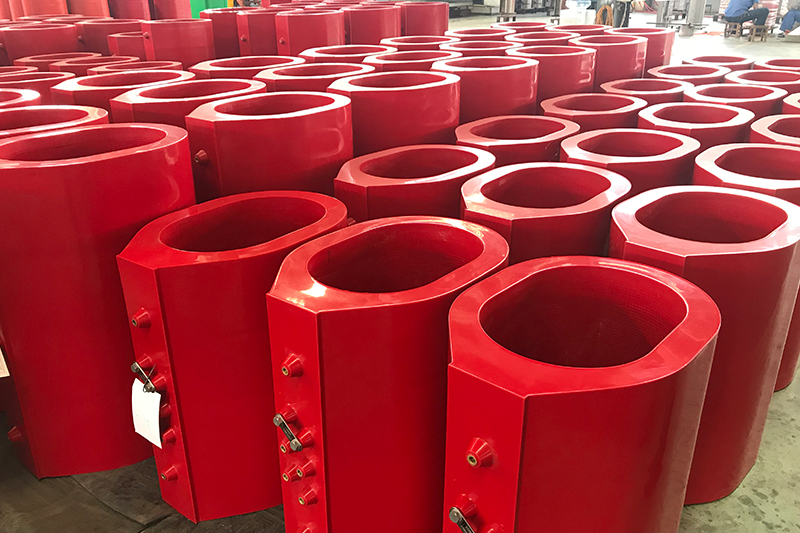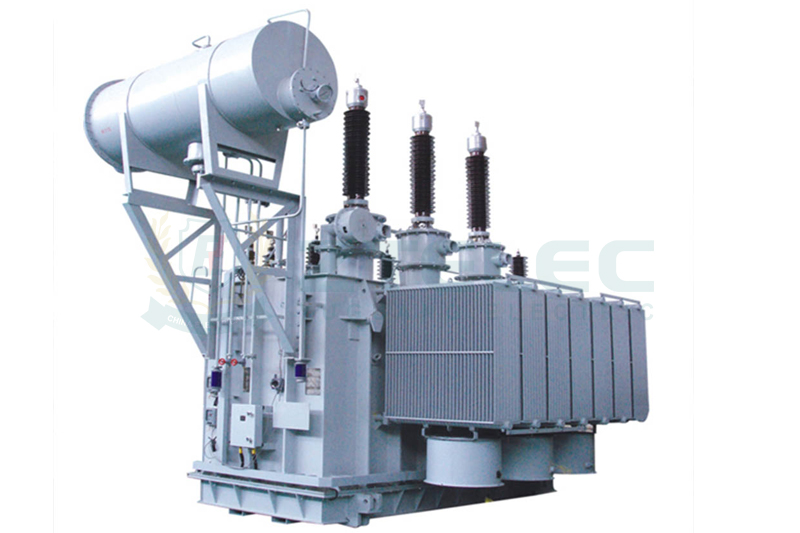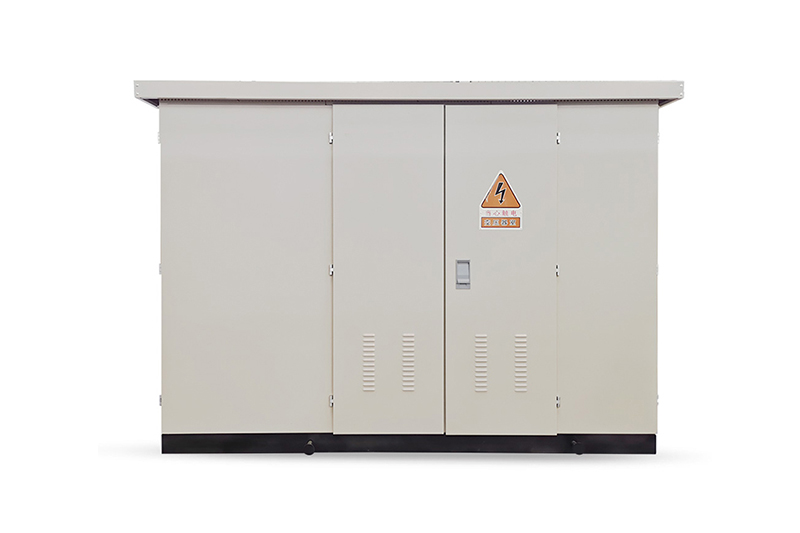Methods to Reduce Losses in Dry-Type Transformers
Time:2025-09-8 Auther:ZTelec-www.ztelectransformer.com
Even the most efficient dry-type transformers generate energy losses in the form of heat during operation. Although these losses may seem minor at any given moment, they accumulate over time, leading to higher operating costs and greater environmental impact. This guide explains the types and causes of transformer losses and highlights proven methods to minimize them for better efficiency and long-term economic benefits.

Types of Transformer Losses
No-load loss (core loss): Also called iron loss, this occurs in the transformer’s magnetic core even when the unit is energized without load. It mainly results from hysteresis and eddy currents. Reducing no-load loss is critical for transformers that operate continuously or remain connected to the grid for long durations.
Load loss (copper loss): This occurs when current flows through the transformer windings. The electrical resistance of copper or aluminum conductors generates heat, and the loss magnitude increases with higher load levels. Using high-quality conductors is essential to minimize this type of loss.
Methods to Reduce No-Load Losses
1. Using High-Performance Silicon Steel Sheets
Employing grain-oriented silicon steel with low loss levels (e.g., 27QG090, 23ZH085) improves magnetization performance and reduces energy waste. Applying laser scribing technology further refines magnetic domains, cutting hysteresis loss by 10%–15%—a common practice in high-efficiency dry-type transformers.
2. Optimizing Core Design and Processing
Step-lap or fully inclined core joints allow smoother magnetic flux flow than traditional butt-joints, significantly lowering eddy current losses. Precision cutting and deburring also reduce unwanted magnetic resistance. Maintaining consistent clamping force during assembly prevents degradation of magnetic properties.
3. Adopting Amorphous Alloy Materials
Amorphous alloy cores can reduce no-load losses by 60%–80% compared to silicon steel. Despite being brittle and costly—about 1.5 times more expensive—they are suitable for low-load or long-duration light-load operations, where ultra-low no-load losses deliver substantial electricity savings.

Methods to Reduce Load Losses
1. Selecting Higher-Quality Conductive Materials
Copper windings outperform aluminum due to superior electrical conductivity, reducing load loss. Increasing the conductor cross-sectional area lowers resistance, though it also increases cost and transformer size. Manufacturers often balance these factors depending on application requirements.
2. Optimizing Winding Design
Advanced electromagnetic design ensures ampere-turn balance and reduces leakage flux, lowering stray losses. For low-voltage windings, foil winding technology improves fill factor and cooling, reducing temperature rise. In high-current windings, Roebel transposition minimizes circulating current, ensuring more uniform current distribution.
3. Reducing Local Overheating
Since copper’s resistance increases with temperature, better cooling indirectly lowers effective resistance. Enhanced thermal management reduces winding hotspots, stabilizing efficiency and preventing accelerated insulation aging.
Indirect Reduction of Losses Through Cooling
While cooling does not directly cut electrical losses, maintaining lower transformer temperatures improves efficiency and extends service life.
Optimized air-duct design: Incorporating ventilation channels in epoxy resin windings increases surface area for heat dissipation.
Forced-air cooling (AF/AF): Intelligent fans activate automatically under high loads, reducing winding temperature and improving overload performance.
High-performance insulation: Materials like NOMEX® paper and advanced epoxy formulations provide better heat resistance and thermal conductivity, enhancing cooling performance and transformer reliability.
Reducing losses in dry-type transformers requires a combination of advanced materials, precise design, and effective cooling. From silicon steel and amorphous alloy cores to copper windings and optimized winding structures, each improvement contributes to higher efficiency and lower operating costs. In modern power systems, where energy efficiency is a priority, these methods not only cut financial expenses but also support sustainable and environmentally friendly grid development.




